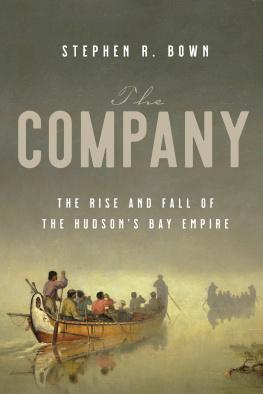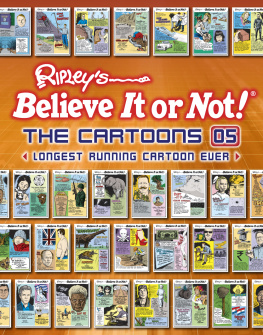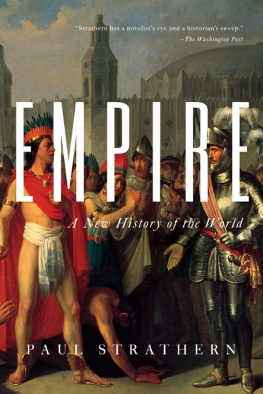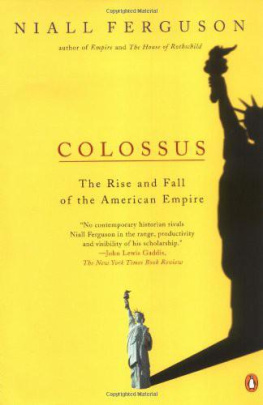Rise and Fall of the 80s Toon Empire
A Behind the Scenes Look at When He-Man, G.I. Joe and Transformers Ruled the Airwaves
By
JASON WAGUESPACK, Ph.D.
Rise and Fall of the 80s Toon Empire
Copyright 2017, 2018 Jason Waguespack.
Front Cover by James Art Ville.
Editing and Proofreading: Invisible Ink Editing.
Formatting: Ebook Pioneers.
Reproducing brief quotations consistent with Fair Use is permitted, including for scholarly criticism and analysis. This eBook may not be resold or given away to other people. All other rights reserved.
Table Of Contents
Chapters
Introduction
T he weekday cartoon boom in the 1980s was truly a unique period in the history of television, animation, and kids entertainment. Prior to the early 80s, weekday television had featured virtually nothing but reruns. New cartoons made their debuts on network Saturday morning schedules. Conversely, in the 21st century, animated cartoons have dusk-to-dawn lineups on cable networks such as Cartoon Network, or continuous toon blocs on such networks like Nickelodeon, the Disney Channel, or any of their digital spin-off channels.
Sandwiched between the early 80s and the 2000s was a period where new cartoons, particularly action adventure shows, proliferated across weekday television. In just a few short years, new media creations had spawned into existence: He-Man and the Masters of the Universe, She-Ra: Princess of Power, The Transformers, G.I. Joe, ThunderCats, Challenge of the GoBots, The Real Ghostbusters, Teenage Mutant Ninja Turtles, My Little Pony, Care Bears, Rainbow Brite, Inspector Gadget, M.A.S.K., Jem, and others. Just a few years before, the toy company Kenner had made a killing selling Star Wars merchandise, inviting other companies to try and duplicate that massive success. The end result was that toy companies began creating their own toy lines and then partnered up with animation producers to develop shows depicting their characters, hoping to churn up interest in the products and reap a windfall at the cash register.
The animated universe was so vast that there seemed to be something for kids of any age. Younger girls had Rainbow Brite and My Little Pony. Older girls had Jem. Younger boys had Transformers. Older boys had G.I. Joe. Some shows, such as He-Man and the Masters of the Universe or Teenage Mutant Ninja Turtles, were such smash hits that they entered the mainstream pop culture. The creation of so many hits made it possible for children of the 80s to immerse themselves in their favorite fantastic universes as never before in American culture. They could watch their characters on TV. They could buy a videocassette of one or two episodes of that show. They could possess action figures or plush dolls of the characters. They could sleep on bedsheets and eat snacks or even breakfast cereals spawned from the shows. They could buy comic books or magazines based on the shows. And while American children of previous eras had their fictional heroes, never had there been so much escapism, so much media to digest.
Today, the merchandising of cartoons is not so much as shrugged at, but back then, merchandising tie-ins of this scope were new and even controversial. For a time, the furor even reached the halls of the U.S. Capitol and drew the attention of United States presidents.
The era was also a time of contradictions. Cartoons that were sold into first-run syndication enjoyed creative freedom not seen before or since, as syndicated cartoons were bought as they were rather than being molded or shaped by a network. At the same time, virtually all the shows were spawned from toy companies who had their own requirements that show writers often had to deal with. Also, while the 80s saw many cartoons come to life, the derby had a large share of knockoffs and similarities. Eventually, such a glut of like-cartoons emerged that quite a few never found the audience they were intended for.
For a period of time, it seemed the cartoons of the 80s were doomed to obscurity. Eventually, many ran out their rerun commitments on cable and disappeared. Most of their video releases had gone out of print, with no new ones to replace them. The most that could be hoped for was a new show, usually a new generation of heroes in the same universe to continue the franchise.
Flash forward to the 2010s, and times have changed. Most 1980s cartoons have made their triumphant return on DVD or on a digital cable or satellite channel. As Hollywood has turned increasingly to pre-sold properties with name recognition, old toon franchises like G.I. Joe and Transformers have been turned into multi-million dollar feature films.
Generally, books written about 1980s animated shows have focused on a single cartoon. Perhaps the master of this universe, pun intended, is He-Man. After a run of successful DVD releases of every toon incarnation of Mattels franchise, He-Man has since followed up with a number of He-books exploring the art of the series, a guide to every episode of the Filmation He-Man and She-Ra series, a compilation of all the mini-comics that accompanied the action figures, and a guide to the worlds and vehicles of the Masters of the Universe universe. Other properties that have generated retrospective books include Teenage Mutant Ninja Turtles, ThunderCats, The Real Ghostbusters (by inclusion in an overall volume of the Ghostbusters franchise) and Voltron. Some retrospectives instead focus on specific individuals and/or companies and their line of work in the toon industry. A stellar example is Lou Scheimers Creating the Filmation Generation, a personal biography and an exhaustive account of his animation career, before, through, and after Filmation, published a few years before his death.
When the topic turns to an overall examination of 80s toons, most sources are content to examine the toys, with peripheral discussion of the cartoons that spawned from them. One of the best is G. Wayne Millers Toy Wars, a chronicle of the toy company Hasbro that includes discussion of the genesis of G.I. Joe and Transformers.
Cy Schenider, who worked for decades in creating childrens television commercials and helped develop the Nickleodeon cable network, wrote one of the few books that examined the business of television. Published toward the end of the 80s era, Scheniders Children's Television: The Art, the Business, and How It Works was published in 1987 with reprintings up to 1989, and is invaluable as a look at the TV animation boom. However, what I have not found is any contemporary book that examines the 1980s toon boom as a whole. My goal is to fill that need. The chief focus of Rise and Fall of the 80s Toon Empire is on the shows themselves, with discussion of their associated toys when needed.
In compiling this work, I have chosen not to delve deeply into the controversy that surrounded 1980s TV cartoons. These protests lambasted cartoons as nothing more than 30-minute commercials for toys, or for their supposed violent content and marketing of violence, or their alleged promotion of unhealthy behavior, including aggression or depictions of the occult. Such controversies are addressed when relevant but will not be a primary focus of this work, as they have already been commonly addressed and discussed. Also, this book will not focus on Saturday morning cartoons from the three major networks of the time: CBS, NBC, and ABC. Occasionally, such shows from the time period will be mentioned, particularly as it relates to their eventual reruns in syndication.
In almost all cases, quotes and information derive from sources of the time, predominantly newspaper articles and tradesmagazines that focus on aspects of Hollywoods entertainment industry, such as Variety, Broadcasting Magazine, and the long-defunct Television/Age, which chronicled developments as they occurred. With so much information that was current to the time, these trades provide valuable insight into the thinking of so many individuals like Lou Scheimer (of Filmation), Margaret Loesch (of Marvel Productions), John Claster (of Claster Television), Andy Heyward (of DIC), and Tom Griffin and Joe Bacal (of Sunbow Productions), as well as the mass of writers who worked on these shows and the management of television stations across the country who bought these cartoons.
Next page











